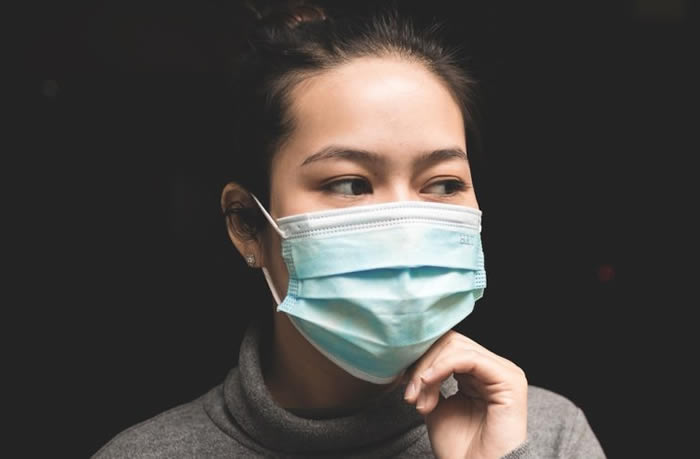Women Over 40 Years Must Have Their Breasts Examined Regularly
- Home
- Women Over 40 Years Must Have Their Breasts Examined Regularly

Women Over 40 Years Must Have Their Breasts Examined Regularly
 IF a lump is detected by mammogram or by clinical examination, it has to be confirmed to be either a benign (non-cancerous) or malignant (cancerous) mass. This is done by taking a piece of it to investigate further.
IF a lump is detected by mammogram or by clinical examination, it has to be confirmed to be either a benign (non-cancerous) or malignant (cancerous) mass. This is done by taking a piece of it to investigate further.
This procedure is known in medical parlance as biopsy. A biopsy under the guidance of an ultrasound scan is the recommended diagnostic approach for a newly diagnosed breast lump.
This can be done by sticking a needle in the mass and a piece of it into a syringe to be examined by a pathologist in the laboratory.
The biopsy can also be done by a tru-cut method where a solid piece of the mass is cut and sent for examination under the microscope and in some cases by special staining to characterise the nature of the mass.
The last method of taking a biopsy is by removing the whole mass at surgery called excision biopsy. The mass is then sent to the pathologists to examine and determine whether it is cancerous or non-cancerous.
After the cancer is diagnosed, there are certain factors used to determine the exact prognosis of the disease. This helps in a holistic approach to management aimed at reducing the death rate from the disease.
This is done by looking at certain prognostic and predictive factors which guide clinical management of people with breast cancer. These prognostic factors include:
Axillary lymph node status. The axilla is the scientific name for the armpit and because of its proximity, lymph node involvement in the axilla portends worse outcome of the disease.
Tumour size- the bigger the size of the tumour, the poorer the prognosis Lymphatic/vascular invasion – poor prognosis if the tumour has invaded blood or lymphatic vessels by the time of diagnosis.
Histologic grade – certain types of cancers are more aggressive than others depending on its nature under the microscope.
Response to therapy – prognosis is better if the tumour is responsive to medications used to treat breast cancer.
Receptor status- ER/PR status which is a target for some medications.
Surgery and radiation therapy, along with hormone or chemotherapy when indicated, are now considered primary treatment for breast cancer. Surgical therapy may consist of removal of the lump (lumpectomy) or total breast removal (total mastectomy).
Radiation therapy may follow surgery in an effort to eradicate residual disease while reducing recurrence rates. It can also be done to reduce the tumour size before surgery.
Hormone therapy and chemotherapy are the two main interventions for treating breast cancer that has spread to other organs (metastatic breast cancer). Chemotherapy employs certain medications which target and kill rapidly growing cells. Cancers are rapidly growing cells and so are other cells such as the hair, blood cells and others which are targeted as side effects of these medications.
Two hormonal therapies – selective estrogen receptor modulators, tamoxifen and raloxifene, are given for reduction of breast cancer risk in high-risk women. In very advanced cases, certain medications are given as support medications for bone when there is spread to the bones.
Since the best way of treating breast cancer is early detection and treatment, a lot of efforts are put in to ensure early detection.
The world No Bra Day and Breast Cancer Awareness Month are some of the ways to put the spotlight on the disease. Education by print or mass or social media is also effective.
For those who are living with the disease or have survived the cancer, support groups are very helpful in fighting this cancer. As to be expected of a developing country, there are certain myths and misconceptions about breast cancer.
Hearing from survivors of the disease and what they came against by way of misconceptions on breast cancer, reaffirm the strength and pivotal roles these support groups play in the fight against the disease.
Let us continue to remember October as the breast cancer month and every woman over 40 years should have their breasts regularly examined.
astom2@yahoo.com
A member of Paediatric Society of Ghana
Source: Graphic Online
- Share
Classic Ghana
Classic Ghana brings you into a fun world of arts, entertainment, fashion, beauty, photography, culture and all things in between. Let’s explore these together!







